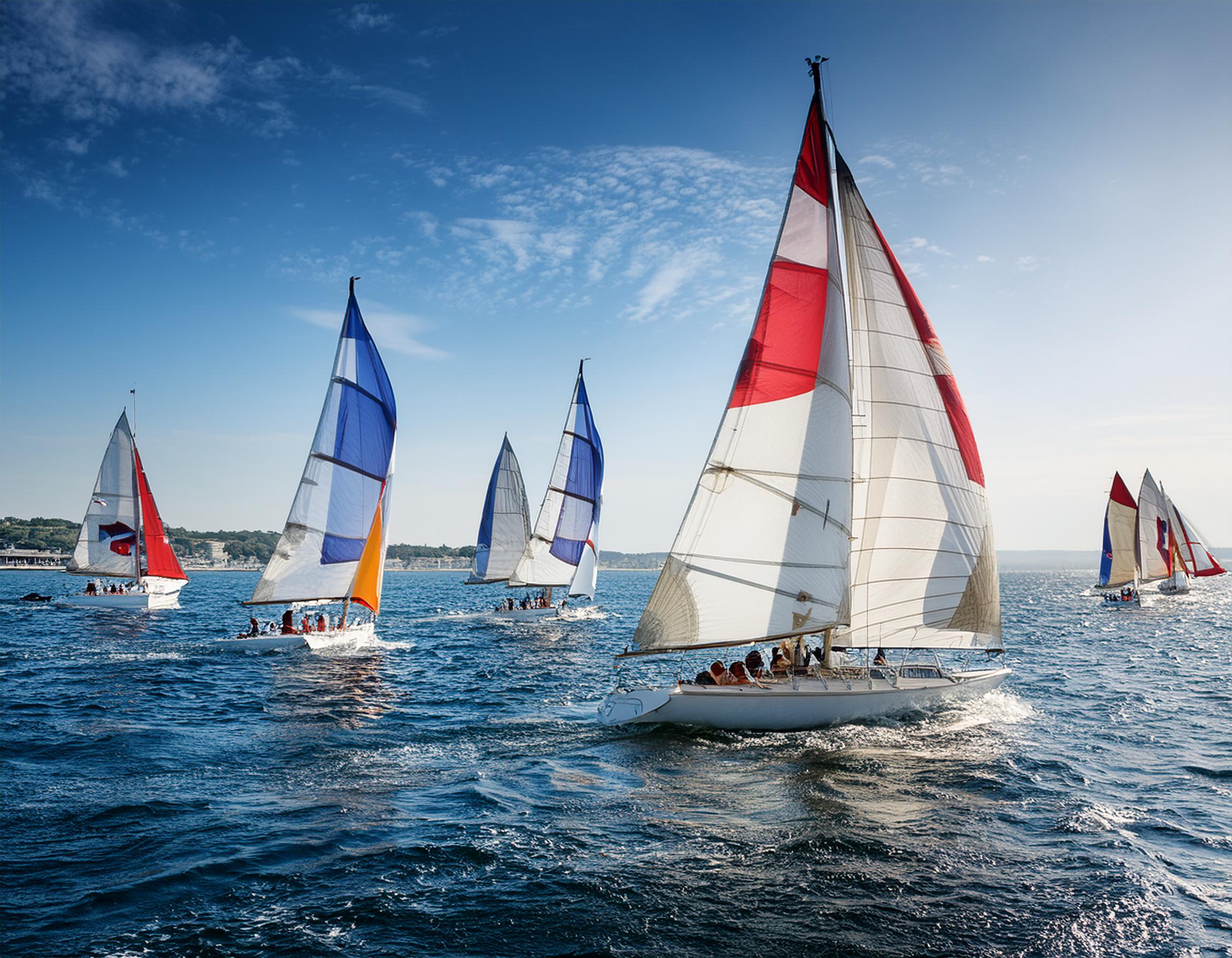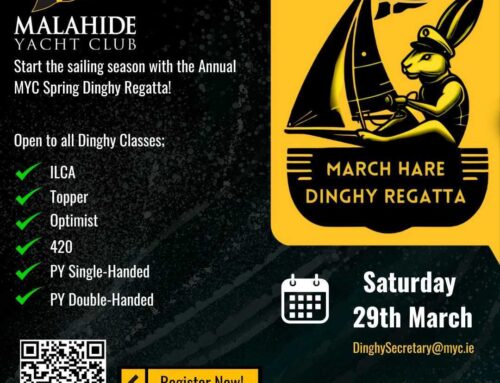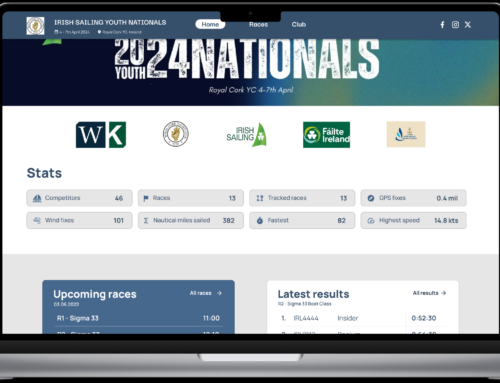A Journey Through History and a Glimpse at Paris 2024
As the Paris 2024 Olympic Games approach, we at SailCompanion couldn’t be more thrilled to dive into the world of Olympic sailing. Whether you’re a seasoned sailor or just dipping your toes into the waters, there’s something undeniably captivating about the blend of tradition, innovation, and competition in this timeless sport. So, let’s set sail through a brief history of Olympic sailing and explore the upcoming events.
A Brief History of Olympic Sailing
Sailing made its Olympic debut way back in 1900 at the Paris Games. Back then, the sport was all about big boats with hefty crews—sometimes as many as 12 sailors! These early races even used time handicaps to level the playing field. However, the tides of change soon swept through, and by the 1924 Games, smaller, one-design boats started to take center stage. This shift continued into the 1950s, as the sport leaned towards more manageable boats, making it more accessible and competitive.
Today, Olympic sailing is a fascinating mix of the old and the new. We have classes like the Star and Finn, rich with history, alongside cutting-edge vessels like the 49er dinghy and RS windsurfer. This blend of tradition and innovation is a big part of what makes sailing such an exciting Olympic sport—it’s a true testament to how the sport has evolved while respecting its roots.
How Olympic Sailing Works: The Basics
Now, let’s talk about the nuts and bolts of Olympic sailing. Whether you’re watching from the comfort of your home or lucky enough to catch it live, understanding the format can enhance your experience.
The Course and Start: Races kick off from a virtual start line marked by two points—usually a race committee boat and a marker buoy. The course layout, determined by marker buoys, typically includes upwind and downwind legs. Before the race begins, sailors jostle for the best position, counting down to the starting gun. But be careful! Cross the line too soon, and you’ll face a penalty.
Scoring: Olympic sailing uses a fleet racing format, where all contestants in each event race together on the same course. Points are awarded based on finishing positions—1 point for first place, 2 for second, and so on. The key is to have the lowest total score. After a series of races, the top competitors move on to the Medal Race, where points are doubled, making it a high-stakes showdown for the podium.
What to Expect at Paris 2024
This year, the Olympic sailing events will take place from July 28 to August 8 in the stunning city of Marseille, on the Mediterranean Sea. The Roucas-Blanc Marina, known as the Marseille Marina for these Games, will host the events. With a capacity of 14,000 spectators, including seated and standing areas, it’s set to be a fantastic venue for both competitors and fans. The consistent winds and favorable coastal conditions make Marseille an ideal location for tactical and thrilling races.
Marseille itself is a vibrant city with a rich maritime history, perfectly blending the charm of the Mediterranean with modern French flair. For those lucky enough to attend, it’s not just about the sailing—there’s a whole cultural experience waiting to be explored!
A Diverse Fleet
One of the most exciting aspects of Olympic sailing is the variety of boat classes that compete, each offering unique challenges and showcasing different aspects of sailing skills and strategy. Here’s a quick overview of the classes you’ll see at the Paris 2024 Games:
- 470 Dinghy
A versatile and technical two-person boat, the 470 class features both men’s and women’s events. It’s known for its balance between speed and maneuverability, requiring excellent teamwork and precise handling. - Laser and Laser Radial
These are single-handed dinghies, with the Laser Radial designed specifically for lighter sailors, including women. The simplicity of the design makes it highly tactical, focusing on the sailor’s skill and physical endurance. - 49er and 49erFX
The 49er is a high-performance skiff for men, while the 49erFX is the women’s equivalent. Known for their speed and agility, these boats are thrilling to watch, as they can reach impressive speeds even in moderate winds. - Nacra 17
A mixed-gender multihull class, the Nacra 17 is an exhilarating and fast catamaran. It demands excellent coordination and teamwork, as the boat can be incredibly quick and challenging to control. - Finn
The Finn is a heavyweight single-handed dinghy, often described as a “power” class due to its demanding physical requirements. It’s a test of both strength and sailing finesse, making it a favorite among seasoned sailors. - RS Windsurfing
Both men’s and women’s RS events showcase windsurfing, where sailors harness the power of the wind on a board. It’s a visually dynamic and physically demanding class, combining surfing and sailing skills. - Kiteboarding (Formula Kite)
A relatively new addition to the Olympic sailing roster, kiteboarding features athletes racing on boards pulled by large kites. It’s an adrenaline-pumping sport that combines elements of sailing, surfing, and aerial maneuvers.
For more information about the Games and all the latest news, visit the Paris 2024 hub.






